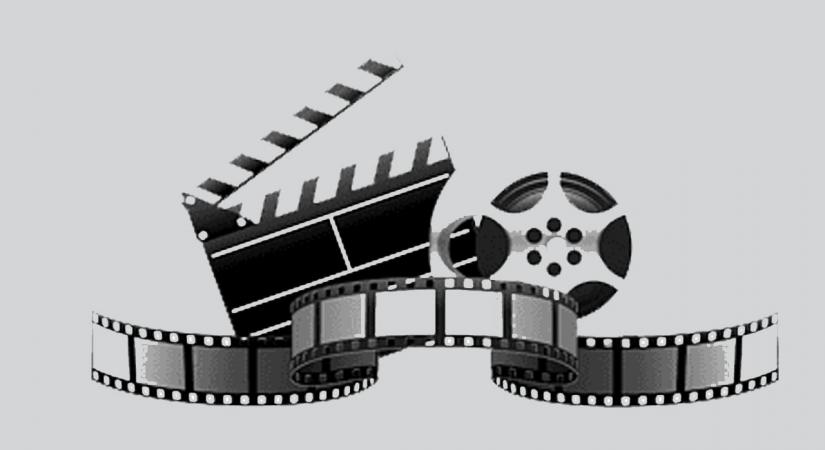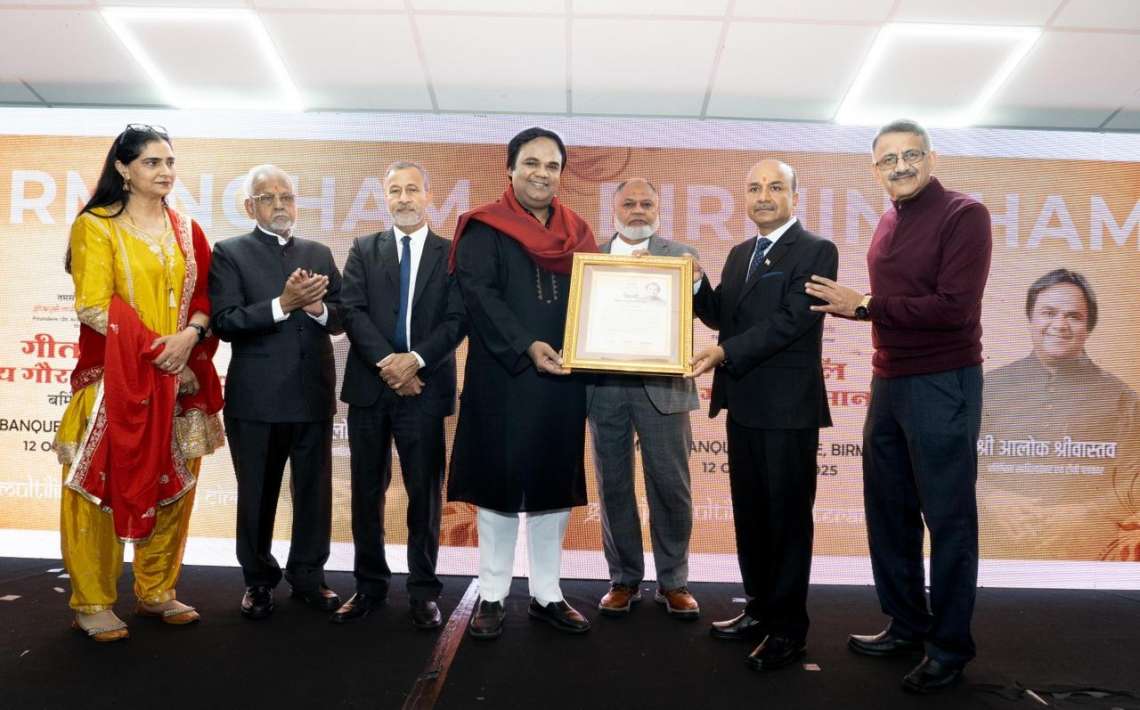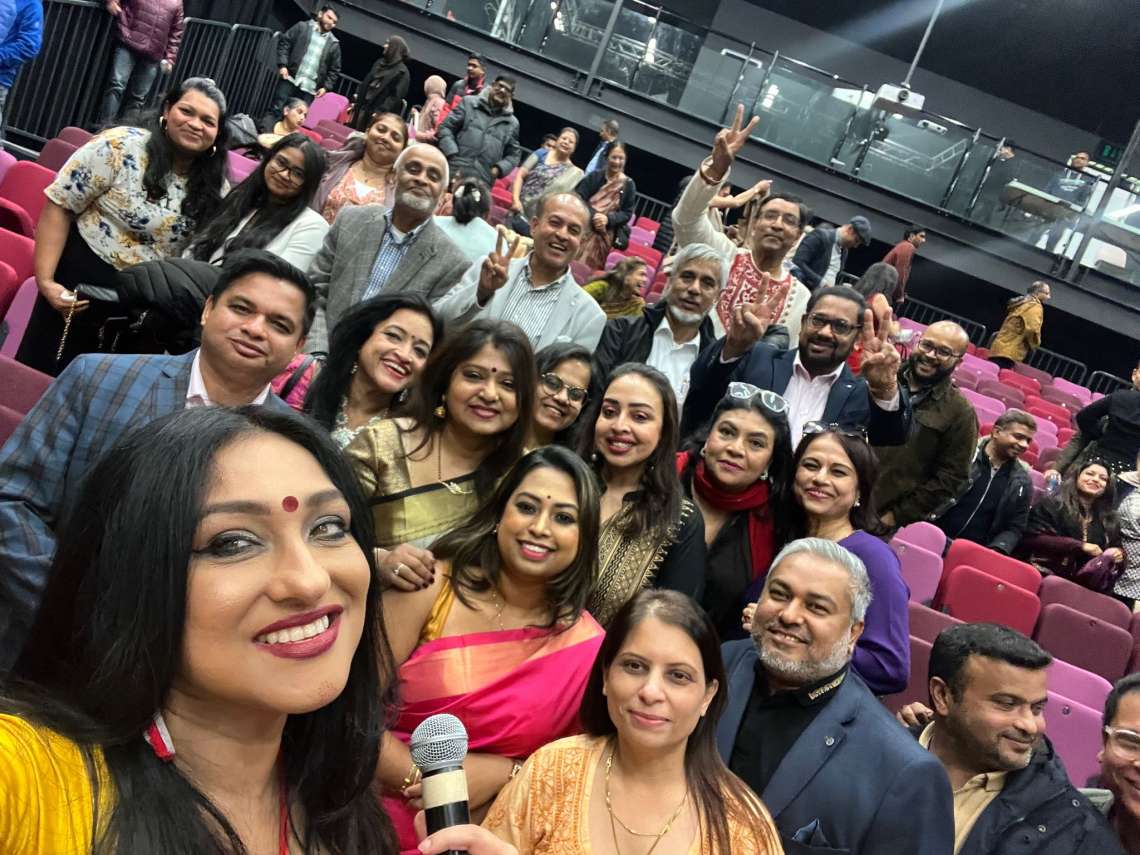
India’s E&M Sector Enters a New Growth Phase
India’s cinema market is multilingual, and many regional industries are now rivalling Hindi output in volume and box-office share … writes Rafeek Ravuther The Indian film sector is undergoing a meaningful transformation.










